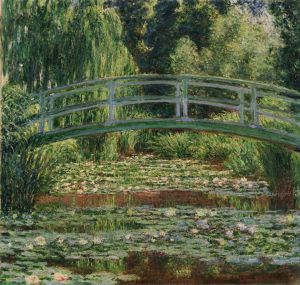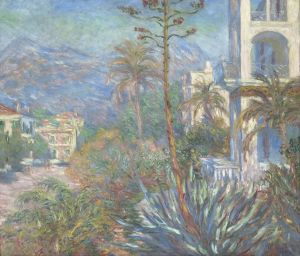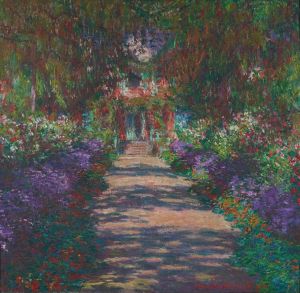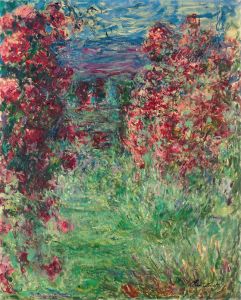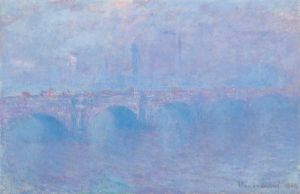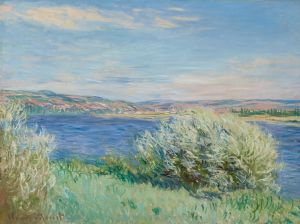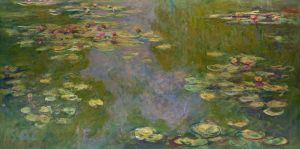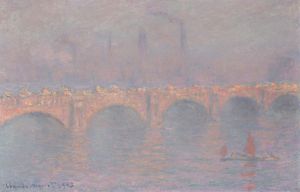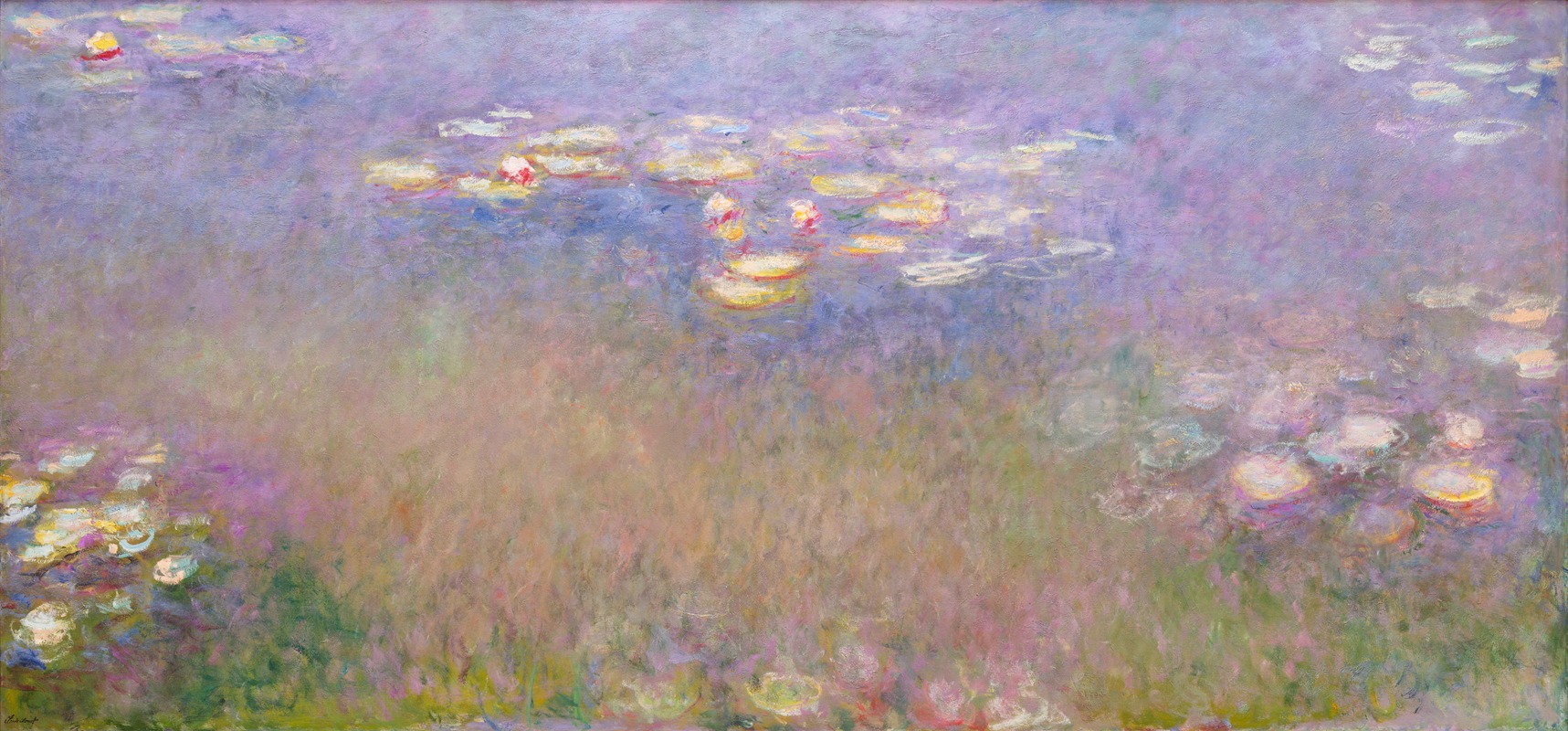
Water Lilies
A hand-painted replica of Claude Monet’s masterpiece Water Lilies, meticulously crafted by professional artists to capture the true essence of the original. Each piece is created with museum-quality canvas and rare mineral pigments, carefully painted by experienced artists with delicate brushstrokes and rich, layered colors to perfectly recreate the texture of the original artwork. Unlike machine-printed reproductions, this hand-painted version brings the painting to life, infused with the artist’s emotions and skill in every stroke. Whether for personal collection or home decoration, it instantly elevates the artistic atmosphere of any space.
Claude Monet's "Water Lilies" is a series of approximately 250 oil paintings that depict Monet's flower garden at his home in Giverny, France. These paintings are among the most celebrated works of the Impressionist movement and are renowned for their innovative use of color and light. Monet began working on the series in the late 1890s and continued until his death in 1926, dedicating the last decades of his life to this subject.
The "Water Lilies" series captures the changing qualities of light and reflections on the surface of the water, a theme that fascinated Monet. The paintings vary in size, with some of the most famous being large-scale canvases that envelop the viewer in a panoramic view of the pond. Monet's garden, which he designed and cultivated himself, became a living laboratory for his artistic experiments. The water garden, with its Japanese bridge, weeping willows, and water lilies, provided an endless source of inspiration.
Monet's technique in these paintings is characterized by loose brushwork and a focus on the effects of light and color rather than on precise detail. This approach allows the viewer to experience the scene as a fleeting moment, capturing the essence of the Impressionist style. The paintings often feature a limited color palette, with subtle variations in hue that suggest the time of day and weather conditions.
The "Water Lilies" series is significant not only for its aesthetic qualities but also for its influence on modern art. Monet's exploration of abstraction and his emphasis on the surface of the canvas as a field of color and light paved the way for later developments in abstract art. His work anticipated the techniques and ideas that would be further developed by artists such as Jackson Pollock and Mark Rothko.
Several of the "Water Lilies" paintings are housed in major museums around the world, including the Musée de l'Orangerie in Paris, which features a specially designed space to display Monet's large-scale water lily murals. These murals, known as the "Nymphéas," were donated to the French state by Monet and are considered a crowning achievement of his career. The Musée Marmottan Monet, also in Paris, holds a significant collection of Monet's works, including several from the "Water Lilies" series.
Monet's dedication to the "Water Lilies" series was not without challenges. In his later years, he suffered from cataracts, which affected his vision and, consequently, his work. Despite this, Monet continued to paint, adapting his technique to accommodate his changing eyesight. His perseverance and commitment to capturing the beauty of his garden are evident in the enduring appeal of the "Water Lilies" series.
The "Water Lilies" paintings remain a testament to Monet's genius and his ability to transform a simple garden pond into a profound exploration of light, color, and perception. They continue to captivate audiences and inspire artists, solidifying Monet's legacy as one of the most important figures in the history of art.









